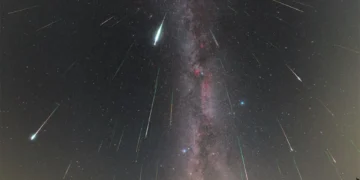November’s night sky is set to dazzle stargazers with a lineup of rare and breathtaking astronomical events, including meteor showers, planetary conjunctions, and the year’s final supermoon.
Meteor Showers: The Southern Taurids, Northern Taurids, and Leonids
Meteor showers are one of the most captivating sky events, and November promises three spectacular shows: the Southern Taurids, Northern Taurids, and Leonids. Each of these showers offers a unique viewing experience.
Southern Taurids: A Burst of Bright Fireballs
The Southern Taurids peak on November 4-5 and are known for producing bright fireballs—intense meteors that light up the sky with brilliant colors. Unlike typical meteor showers, the Southern Taurids have fewer meteors per hour, but the show they put on is unforgettable. Due to the lower meteor count, this shower is ideal for dedicated stargazers who are willing to stay out and wait for these dazzling fireballs.
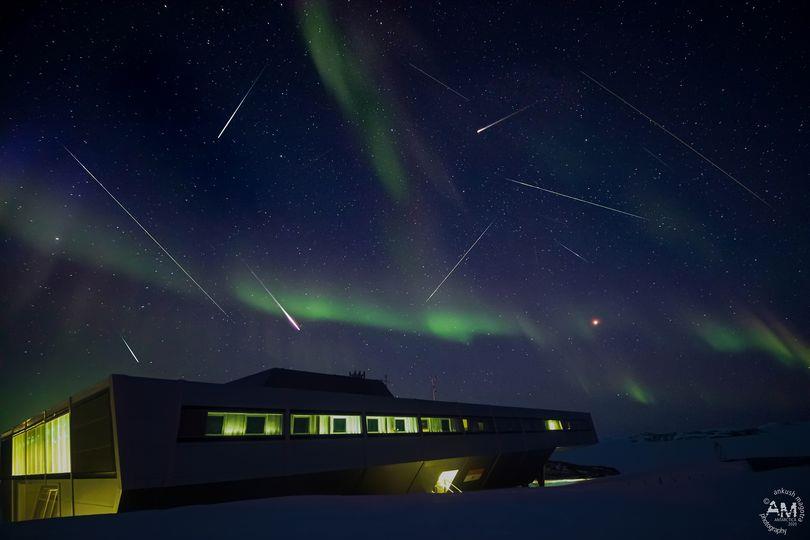
The best time to watch the Southern Taurids is in the early morning hours, away from city lights. This meteor shower originates from remnants of Comet Encke, which left a trail of debris that Earth passes through each year. When these particles enter Earth’s atmosphere, they create the mesmerizing display we know as the Taurid meteor shower. The scientific significance of this event lies in the understanding it provides about cometary debris and its impact on Earth.
Northern Taurids: A Celestial Twin Show
Just days after the Southern Taurids, the Northern Taurids peak on November 11-12. Although this shower is less intense, it aligns with the Southern Taurids to create a double meteor shower effect. The Northern Taurids are also known for their bright fireballs, making November an ideal time to observe colorful meteor activity.
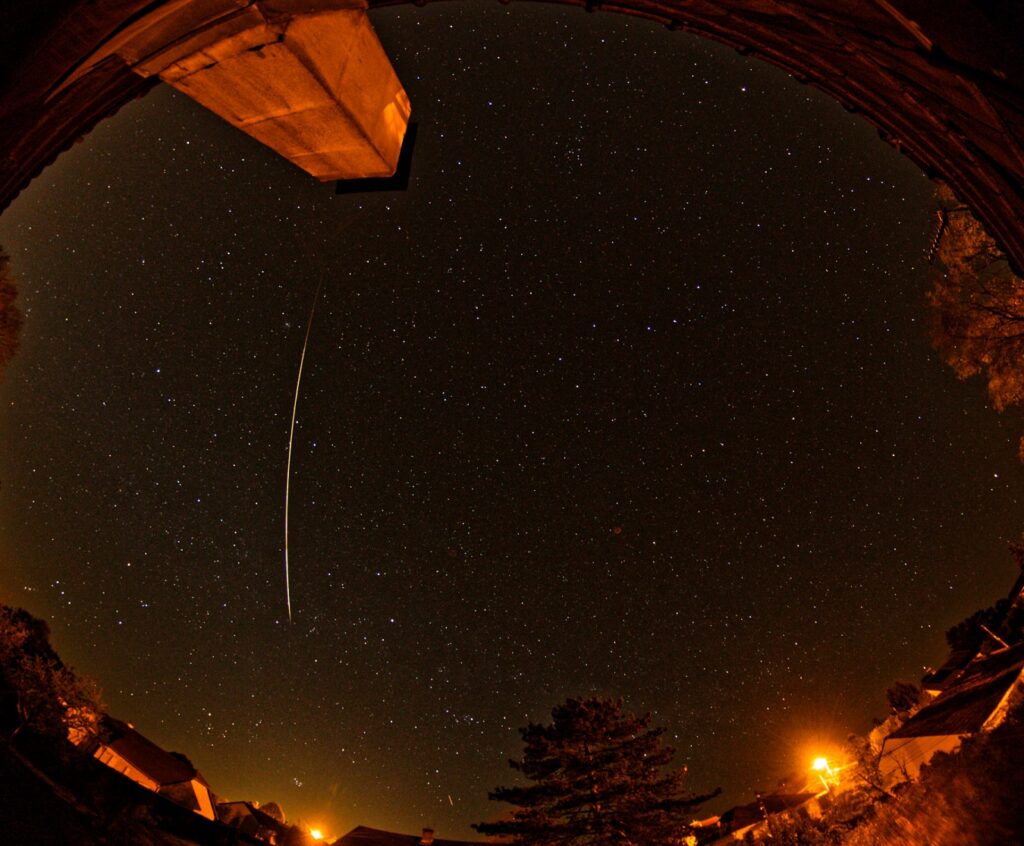
The Northern Taurids result from a similar process, with debris from Comet Encke’s orbit, but this shower provides insights into how different parts of the same comet’s debris field interact with Earth. Observing the Northern and Southern Taurids together provides astronomers with valuable data about cometary fragmentation and the dispersal of debris over time.
Leonids: The Swift, Bright Meteors
The Leonids peak on November 17-18 and are known for their fast-moving, bright meteors. Although this year’s shower will be partly obscured by the moon’s brightness, the Leonids are a must-see for those willing to stay up late or wake up early. The meteors appear to radiate from the constellation Leo, making it easier to spot them if you know where to look.
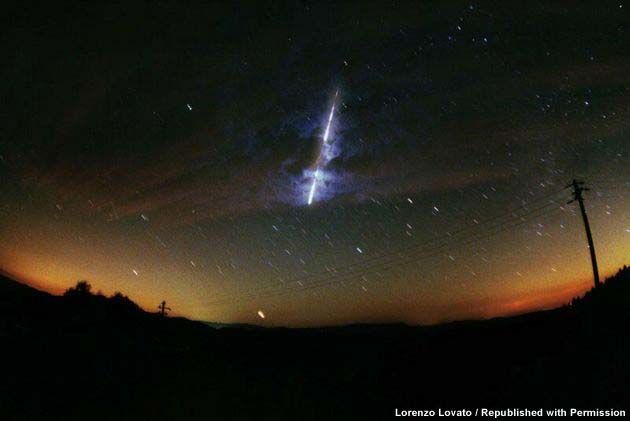
The Leonids are associated with Comet Tempel-Tuttle, which orbits the Sun every 33 years. During its passage, it leaves a debris field that Earth encounters every November. The Leonids’ speed and brightness come from their rapid entry into Earth’s atmosphere, providing scientists with data on how high-speed particles interact with atmospheric gases.
The Final Supermoon of 2024: November’s Full Beaver Moon
November 15 brings the Beaver Moon, the last supermoon of 2024. Named after the time of year when beavers prepare for winter, this supermoon will appear larger and brighter than usual. Supermoons occur when the moon is at its closest point to Earth in its orbit, making it appear up to 14% larger and 30% brighter.
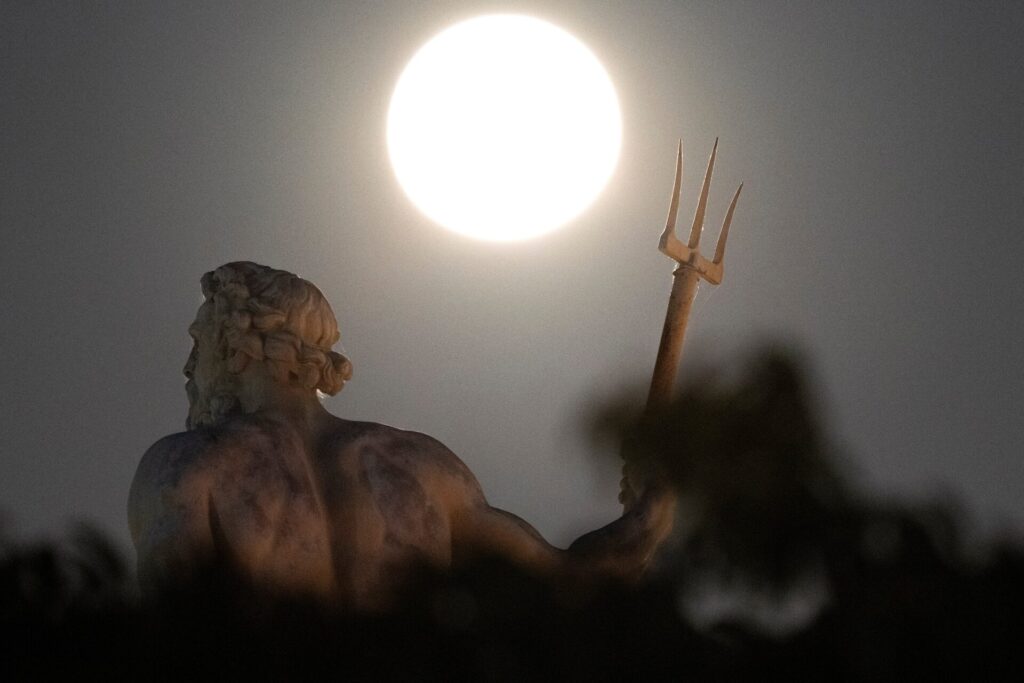
The Beaver Moon will rise above the northeastern horizon around sunset, casting a luminous glow across the night sky. Supermoons are not only stunning but also scientifically significant. They provide an opportunity for astronomers to study the Moon’s effects on Earth, including tidal patterns and potential impacts on wildlife behavior. Observing the full Beaver Moon can deepen our appreciation for the Moon’s influence on our planet.
Planetary Lineup: Venus, Jupiter, Saturn, and Mercury
In addition to meteor showers and a supermoon, November offers a chance to see four planets in the evening sky. Each of these planets has a unique appearance and story, making them fascinating objects to observe.
Venus and the Crescent Moon: A Beautiful Conjunction
On November 4, the crescent moon and Venus will be visible close together in the southwestern sky just after sunset. This conjunction is a visual treat, with the bright, white light of Venus contrasting against the delicate crescent moon. Conjunctions like this help illustrate the dynamic interactions of planetary orbits, and they’re ideal for photography.
Jupiter and Saturn: The Gas Giants
Throughout November, Jupiter and Saturn will be visible in the evening sky. Jupiter, the largest planet in our solar system, shines brightly with a steady white light, while Saturn appears slightly fainter and golden. Observing these planets allows stargazers to see the differences in planetary size and atmospheric composition. Jupiter’s massive storms, like the Great Red Spot, and Saturn’s iconic rings make these gas giants some of the most intriguing objects in the night sky.
Mercury at Greatest Elongation: A Rare Opportunity
November 16 is the best time to observe Mercury, as it reaches its greatest elongation from the Sun. Mercury is often challenging to spot due to its proximity to the Sun, but during elongation, it’s visible in the western sky after sunset. This event provides a rare opportunity to see the swiftest planet in our solar system with the naked eye.
The Science Behind Meteor Showers, Supermoons, and Planetary Movements
Each of November’s celestial events offers insights into different aspects of astronomy. Meteor showers like the Taurids and Leonids allow scientists to study cometary debris and its interaction with Earth’s atmosphere. By observing meteors, researchers gain valuable data about the composition of comets and the structure of their debris fields. The supermoon, meanwhile, provides an opportunity to explore the gravitational effects of the Moon on Earth, particularly on tides and coastal ecosystems.
Planetary observations offer additional knowledge about the structure and evolution of our solar system. Conjunctions like that of Venus and the Moon illustrate the relative positions of celestial bodies, while the visibility of Mercury at elongation highlights the inner planets’ orbits. Observing Jupiter and Saturn provides a glimpse into the gas giants’ atmospheric conditions, including cloud bands, storms, and, in Saturn’s case, its rings.
How to Maximize Your November Stargazing Experience
For the best stargazing experience, it’s essential to prepare. Choose a location far from city lights to reduce light pollution. Dark-sky areas, such as national parks or designated stargazing spots, offer the clearest views. Bring a blanket or chair to stay comfortable, and dress warmly, as November nights can be chilly.
If you’re new to stargazing, consider using a stargazing app or star chart to identify constellations, planets, and meteor shower radiants. Apps like Stellarium and SkySafari can help you locate celestial objects based on your location and the time of night. Binoculars or a telescope can enhance your view, especially for planet-watching and spotting details on the Moon’s surface.
Conclusion: Don’t Miss November’s Night Sky Wonders
November’s celestial events offer something for everyone, from seasoned astronomers to casual stargazers. Whether you’re watching the fiery Taurid meteors, admiring the brilliance of the Beaver Moon, or catching a rare glimpse of Mercury, each event is a chance to experience the wonders of space. So mark your calendar, prepare your stargazing gear, and look up—the universe is waiting to show you its secrets.
